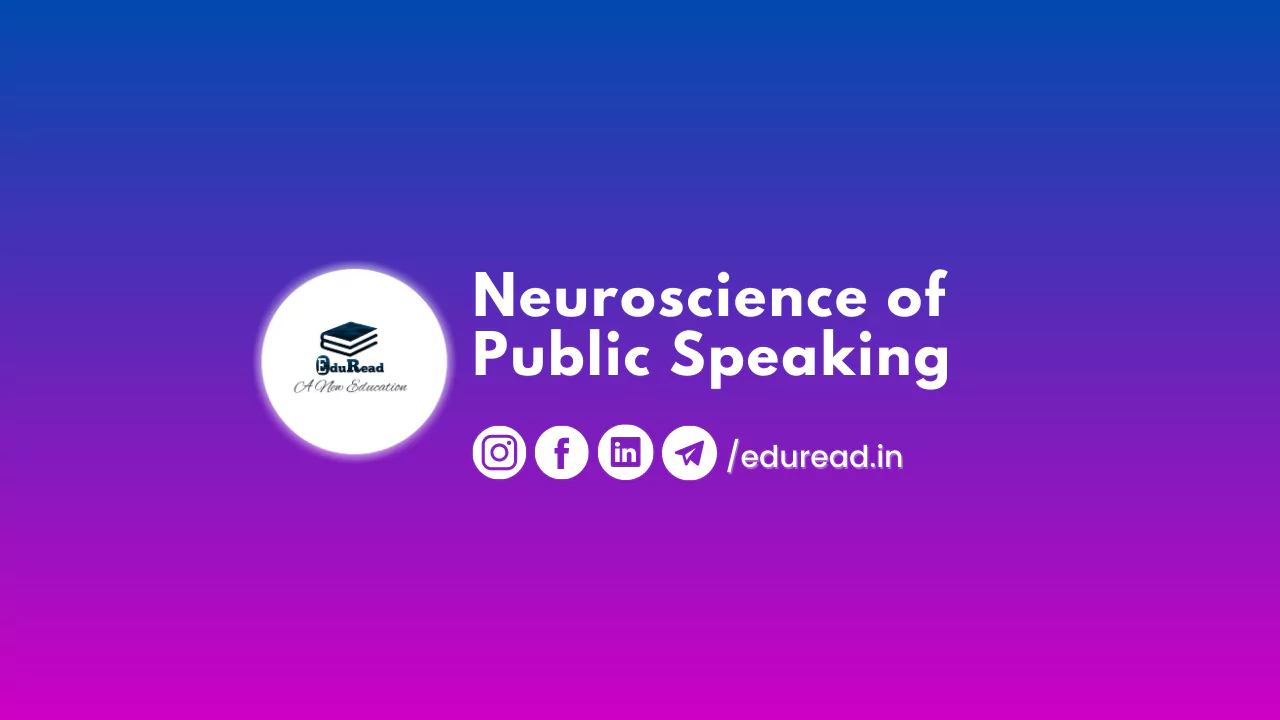The neuroscience of public speaking has long fascinated researchers and public speakers alike. Using neuroimaging techniques like fMRI and EEG, researchers have been able to gain insights into the neural processes that underlie public speaking. By understanding these processes, public speakers can improve their performance and engage their audience more effectively.
One of the key findings in the neuroscience of public speaking is that effective public speaking relies on the integration of multiple brain regions
For example, the prefrontal cortex is responsible for executive functions like planning and decision-making, while the temporal lobe is involved in language processing. When we speak in front of an audience, these regions must work together seamlessly to produce a coherent message.
Another important aspect of the neuroscience of public speaking is the role of emotion
Research has shown that effective public speakers are able to regulate their emotions and maintain a positive effect throughout their presentations. This is important because emotions can impact cognitive processes like attention and memory, which in turn can affect the audience’s engagement with the speaker.
Neuroscience has also shed light on the importance of nonverbal communication in public speaking
For example, studies have shown that gestures can increase the effectiveness of a message, while poor posture or nervous tics can detract from it. This is because nonverbal communication is processed in the same regions of the brain that process language, suggesting that it plays an important role in conveying meaning.
One of the most intriguing findings in the neuroscience of public speaking is the role of mirror neurons
These specialized neurons fire both when an individual performs an action and when they observe someone else performing the same action. In the context of public speaking, mirror neurons may play a role in empathy and social cognition. When a speaker expresses emotion, for example, their audience’s mirror neurons may fire, allowing them to vicariously experience the emotion and feel more connected to the speaker.
Neuroscience has also uncovered the neural basis of stage fright. For many people, speaking in front of an audience can be an anxiety-provoking experience. However, by practicing and preparing for a presentation, individuals can reduce their anxiety and modulate their amygdala response. The use of technology in the neuroscience of public speaking has also opened up new avenues for research.
In terms of practical applications, the neuroscience of public speaking can inform public speaking training programs. Practicing and preparing for a presentation can also help reduce anxiety and improve performance.
Conclusion
In conclusion, the neuroscience of public speaking has provided valuable insights into the neural mechanisms underlying effective communication. By understanding how the brain processes language, emotion, and nonverbal communication, public speakers can improve their performance and engage their audience more effectively. As technology continues to advance, we can expect even more exciting discoveries in this field in the years to come.
Follow Us for more such content to improve your speaking skills:
Check out this blog to overcome Public Speaking Fear: https://eduread.in/5-dos-and-donts-for-public-speaking-beginners-speak-new-york/
And visit us for more
